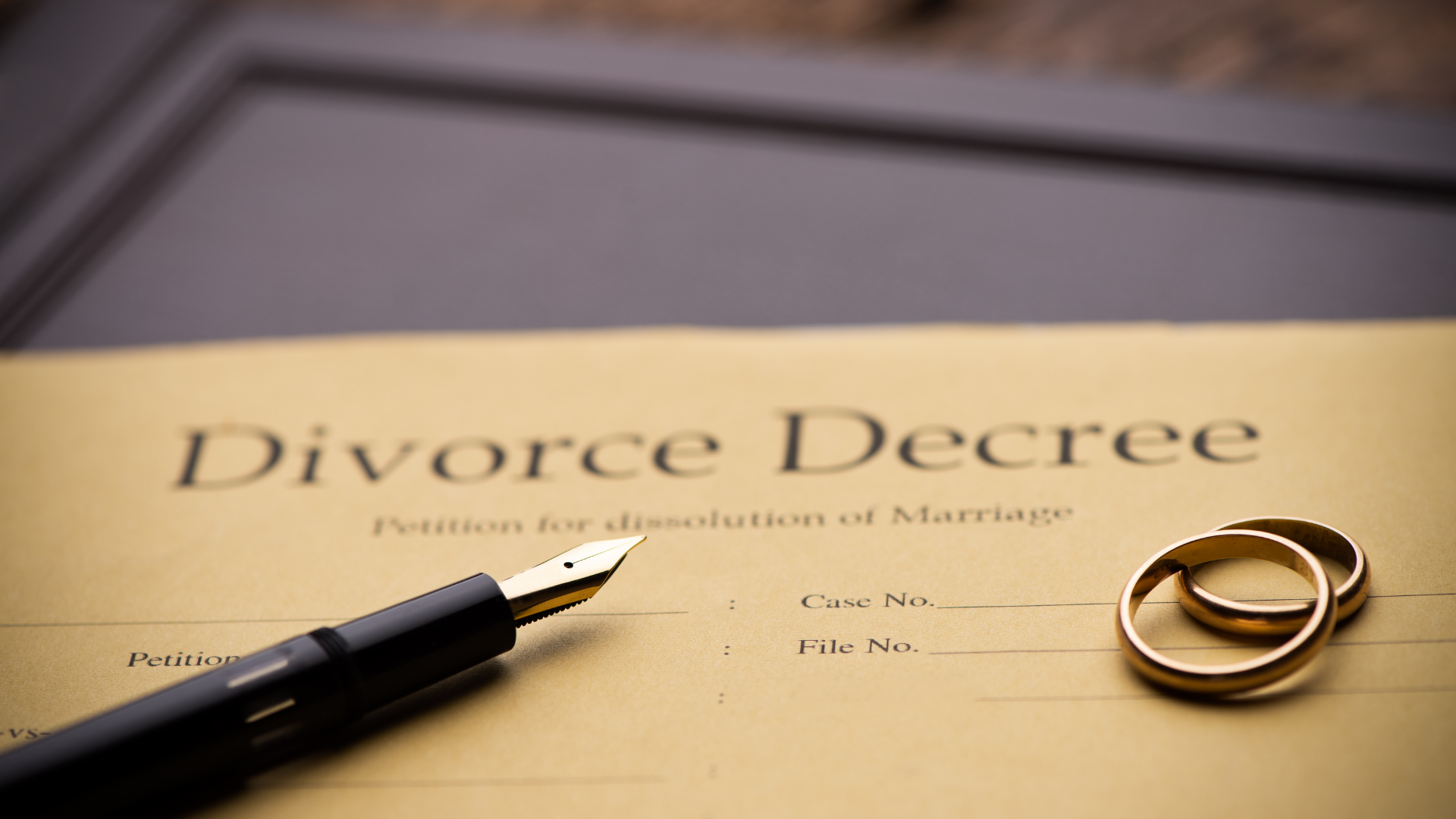You Don’t Think Your Divorce Decree Is Fair: Now What?
If you were recently divorced and you don’t think the resulting judgment and decree is fair, there may be an opportunity to modify the terms or ask the court to reconsider its decision. Mistakes are made and things happen during a lengthy divorce proceeding where the final document doesn’t seem fair or accurately represent the situation and leaves you hanging in certain key areas that are extremely valuable to you. If you think your decree should be reviewed, below are some options you can consider with your family law attorney in Minnesota:
-
Motion for Reconsideration:
This is an option that is prohibited unless you get express permission of the court. To get such permission, you must prove compelling circumstances. There is no time limit on bringing a motion for reconsideration, but first, your attorney must submit a letter to the court asking for permission. A motion for reconsideration should be used when a new legal development has occurred or the decision was palpably wrong. This motion cannot be used to supplement the record on appeal. Additionally, issues raised for the first time in this motion are not preserved for appeal. If the judge allows a reconsideration, your attorney would draft and file the motion itself. The opposing party is then able to respond, and then a hearing will take place. The judge will then decide whether the issues should be reconsidered. A motion for reconsideration does not toll any time periods or deadlines, including the time to appeal.
-
Motion to Correct Clerical Errors
This is an option used for clerical mistakes, such as typos, incorrect dates, or the like. This motion is not used for substantial errors, such as omitting assets, incorrect income determinations, or disputed custody determinations. It cannot be used to add information that was not already in the record. There is no time limit on bringing a motion to correct clerical errors. This motion does toll the time for an appeal is filed within the time for a motion for a new trial. Motions to correct clerical errors are not necessary to preserve issues on appeal. Your attorney would draft and file a motion, the opposing party would be able to respond, and then a hearing would take place on the issue. The judge will then decide whether the clerical errors should be corrected and revised decree be entered. This final order is separately appealable.
-
Motion for Amended Findings
This is an option when you would like to ask the court to review the exercise of its own discretion and either amend its factual findings or make additional factual findings, based upon the information that was provided to the court in making its decision. It is not the proper motion for introducing new issues or arguments. This motion also cannot introduce new evidence. This motion must be filed within 30 days of entry of the judgment and decree. A motion for amended findings can include a request to: make additional findings, amend the findings in the order, or amend the ordered provisions. You need to show that the evidence presented at trial does not support the findings made by the judge. A motion for amended findings can also be combined with a motion for a new trial. Your attorney would draft and file the motion for amended findings, and then the opposing party has an opportunity to respond. Then, a hearing is set and the judge will hear the case and decide its merits. Hearings must be held 60 days after the motion is filed. The final order for a motion for amended findings is not independently appealable. A motion for amended findings is necessary to preserve such issues on appeal. The time limit for an appeal is tolled until a decision is made on this motion.
-
Motion for a New Trial
This is an option where any of the following have occurred: an irregularity in the proceedings, misconduct, accident or surprise, newly discovered evidence, excessive/insufficient damages, errors or law, or a decision contrary to evidence or law. This motion is only available after a trial. This motion also must be filed within 30 days of entry of the judgment and decree. Your attorney would draft and file the motion, and then the opposing party has a chance to respond. A hearing is then held and the judge decides the merits of the case. Hearings on this motion must be held within 60 days. A party may not seek a new trial after the time to appeal has passed, but the time limit to appeal is tolled until after a decision is made on this motion.
-
Appeal to the Court of Appeals
An appeal must be filed within 60 days after entry of the judgment and decree. For an appeal, you must show that the court abused its discretion in making the findings based on the evidence presented at trial. You can also argue that the judge misapplied the law, which requires a de novo review by the court of appeals. Prior to the appeal hearing, you will need to attend appellate mediation. After filing an appellate brief, and the opposing party doing the same, an appeal hearing will be held. Then, the Court of Appeals renders their final judgment. The range of decisions from the Court of Appeals includes:
Affirm:
The Court of Appeals may affirm the lower court’s decree, judgment, or order, which is a declaration that the decision of the lower court was right and it will stand.
Error:
If the Court of Appeals holds that the lower court’s decision was erroneous, it will reverse, modify, or remand (see below). It may rule that the mistake was a harmless error, which means that even though there was an error, it did not affect the outcome of the case enough to make a difference. For example, maybe a particular witness should have been allowed to testify, but the testimony would have been similar to that of a witness who did take the stand and whose testimony did not carry much weight. So, the jury probably would not have found the excluded testimony very compelling. Excluding the witness was harmless error.
Modify
A final trial court decision may be affirmed by a higher court with minor modification that does not affect the substance or general findings of the decision.
Remand
A case is remanded when it is sent back to the lower court with instructions about what the lower court should do. Usually, a remand means there were errors in the trial court’s decision to such an extent that the appellate court cannot correct the errors itself. The lower court must reconsider the case based on the appellate court’s instructions.
Reverse
A decision to reverse a case is a ruling that the trial court should have reached the opposite conclusion. For example, a finding for the plaintiff should have been a finding that the defendant was not liable; or a finding for the defendant should have been a ruling that there was enough evidence to find the defendant liable. Unlike a remand, the Court of Appeals has enough evidence in the record to make a determination to reverse. Sometimes, the Court of Appeals reverses and remands at the same time. In this situation, the court has enough information to reverse the trial court’s bottom line, its ultimate decision, but some questions (such as the number of damages) still need to be worked out on remand.
Our Divorce Decree Attorneys Can Help
If you believe any of these motions may be available for you and you believe your divorce decree needs to be changed, contact a family law attorney at Heimerl & Lammers today.





